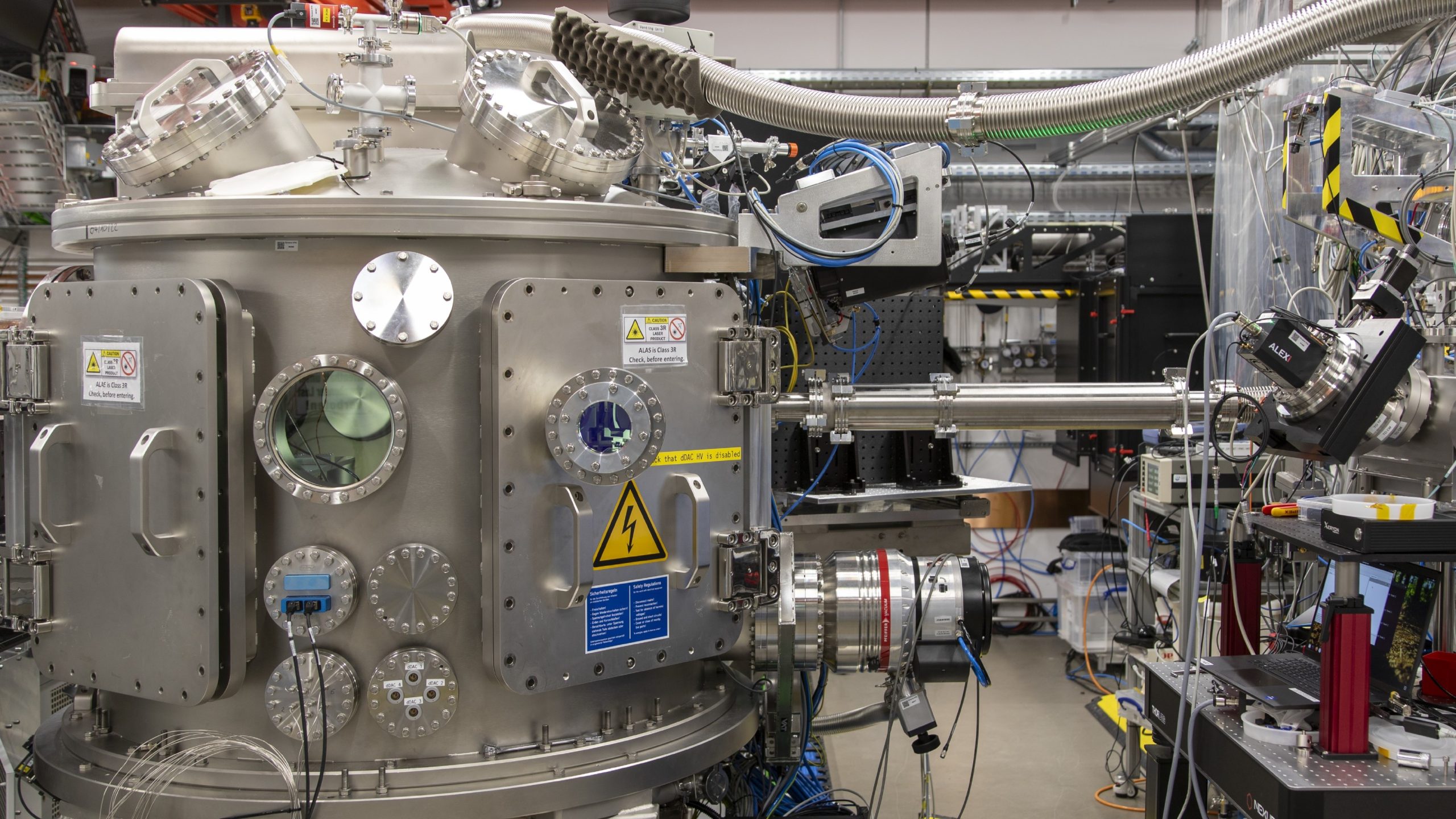Scientists have achieved a remarkable feat, creating an entirely new form of ice that remains solid even at room temperature. This groundbreaking material was forged by subjecting water to extraordinary pressures, specifically by compressing it between two diamonds.
Ice XXI, a unique crystalline structure, forms when water is subjected to extreme pressure. This process induces a metastable state – an inherently precarious and physically unstable condition that is exceptionally susceptible to disruption from even the slightest external perturbation.
Researchers successfully synthesized Ice XXI through the intense supercompression of water, achieved between two diamond anvils. This novel ice phase was subsequently identified using the European X-Ray Free-Electron Laser (XFEL), recognized as the planet’s largest X-ray laser. The team’s findings indicate that under these extreme pressures, the supercompressed water undergoes a remarkable structural transition, evolving from a high-density state into a significantly more compact, very-high-density configuration.
This discovery, detailed in the October 10 issue of the journal *Nature Materials*, carries significant implications for space exploration. It suggests previously unknown mechanisms through which ice could potentially form on distant alien worlds, broadening our understanding of extraterrestrial environments.
New research suggests a broader array of high-temperature metastable ice phases and their associated transition pathways may exist, a discovery that could significantly enhance our understanding of icy moons’ composition. This insight comes from Rachel Husband, a postdoctoral researcher at Germany’s German Electron Synchrotron research center and a co-author of the study.
Scientists have identified Ice XXI, marking it as the 21st distinct solid phase of water discovered to date. This latest addition expands an already diverse catalog of frozen water structures, which includes the uniquely four-sided crystals of Ice XIX and the incredibly dense, ‘star-hot’ superionic ice. Water’s remarkable capacity to exist in such a wide array of solid forms—encompassing both crystalline and amorphous structures—is attributed to its unique molecular architecture, particularly the arrangement of its hydrogen and oxygen atoms that allows for diverse freezing configurations.
Scientists have identified a wide array of pathways through which water can transition into various ice structures. These discoveries typically emerge when water is subjected to pressure at low temperatures, conditions that inherently slow down molecular movement. Conversely, researchers anticipate a significantly reduced diversity of ice forms at higher temperatures, attributing this expectation to the increased kinetic energy and more rapid motion of the water molecules.
A recent study has unveiled insights into the elusive pathways of ice transition, even at a common room temperature of approximately 72°F (22°C).
To achieve this, researchers employed a sophisticated diamond anvil cell, a device designed to harness the extreme hardness of diamonds to subject materials to immense pressure. In this experiment, water was compressed under forces roughly 20,000 times greater than Earth’s normal atmospheric pressure. This extreme compression compacted the H2O molecules so tightly that they solidified into an ice structure.
To meticulously track these rapid transformations, an X-ray Free-Electron Laser (XFEL) continuously scanned the sample. Capturing structural alterations with unprecedented speed, the XFEL recorded changes every microsecond – a mere one-millionth of a second.
Researchers have pinpointed multiple crystallization pathways within water (H2O), a discovery made possible by the unique X-ray pulses of the European XFEL. Study co-author Geun Woo Lee, from the Korea Research Institute of Standards and Science (KRISS), explained that the team uncovered these pathways by observing H2O as it was rapidly compressed and decompressed over 1,000 times using a dynamic diamond anvil cell.







